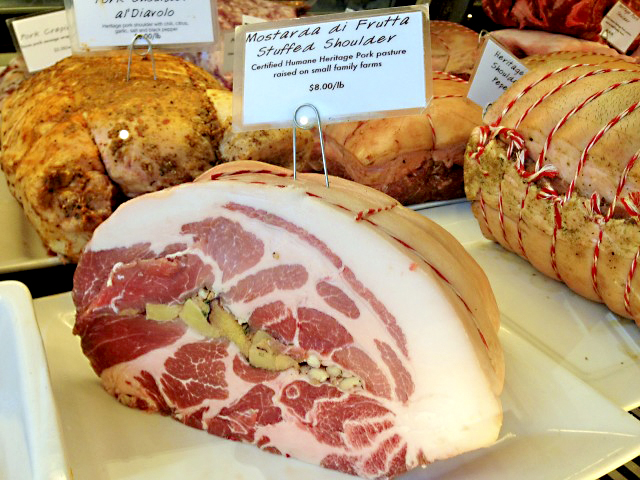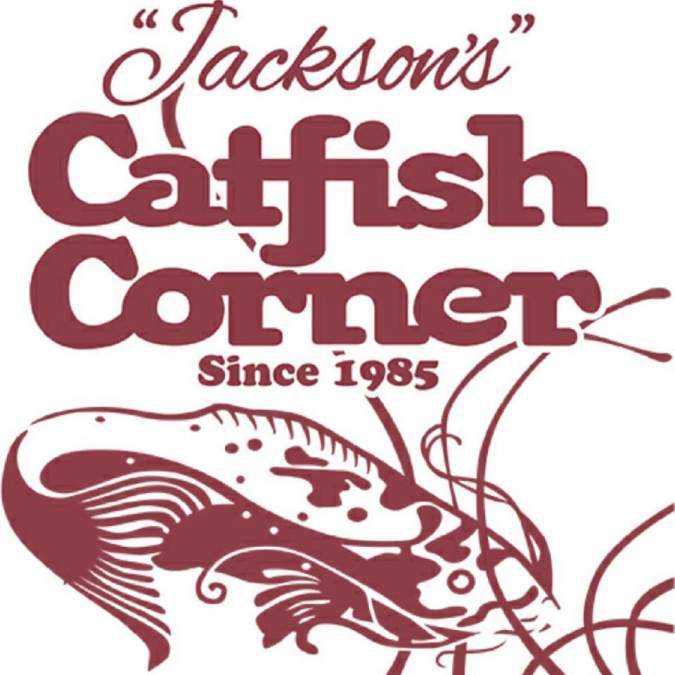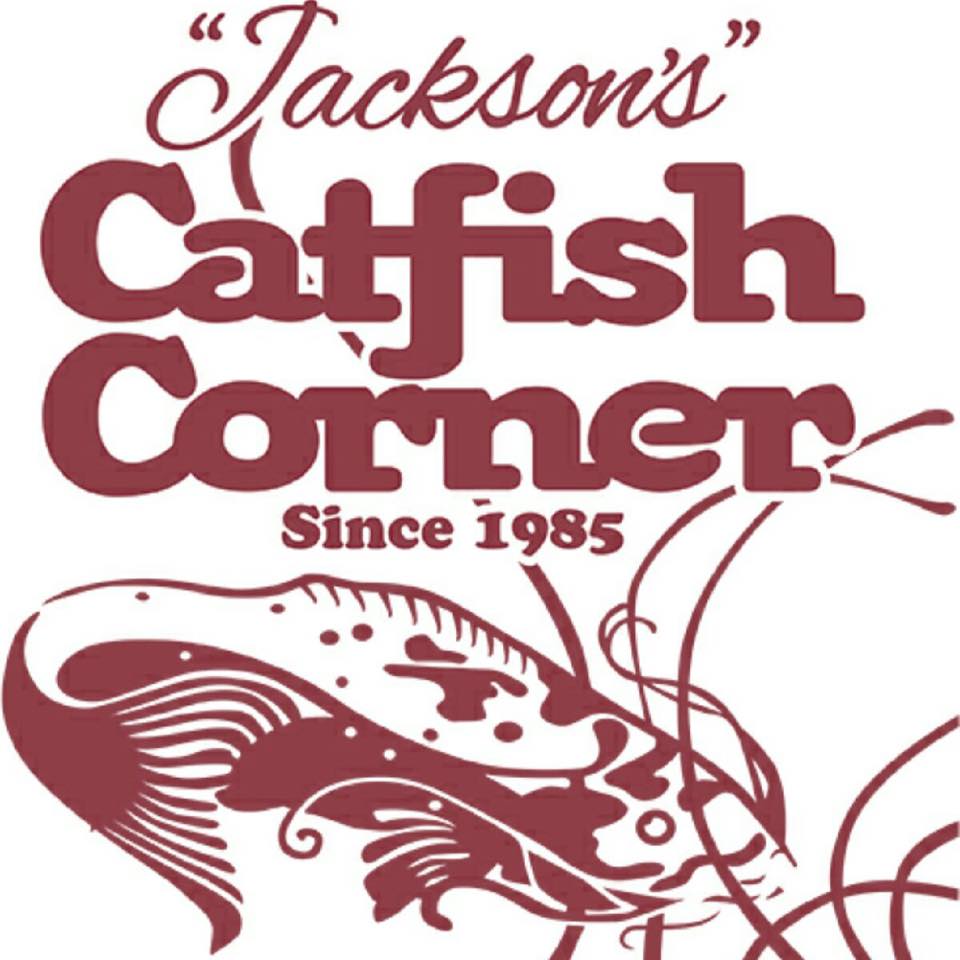Standing at the door of the walk-in curing chamber at the Fatted Calf in California’s famed Napa Valley is an exciting experience for an amateur charcutier like me, or even just an admirer of food. The myriad of meaty confections is stunning. I feel like Augustus Gloop stepping into Willy Wonka’s factory for the first time—overwhelmed by the variety of salumi in front of me and by the array of smells from sweet to sour to piquant. It is here that I’ll spend two weeks learning the art of charcuterie from my new masters. My knives are sharpened, my mind focused, my will strengthened. I know my stuff, and can make some serious salumi at home.
No problem, right? Wrong. Little did I know I’d get thoroughly schooled by a 20-something dynamo with three years’ experience in charcuterie production who’d run circles around me in the kitchen. It was on.
Whenever I interview chefs about advice on getting into the food business, they categorically recommend the same thing: go stage for someone for a few weeks. If at the end you find you still want to do it, then you might be onto something. What is staging? The term is derived from the French stagiaire, an apprentice or trainee who does a short unpaid internship for a chef in order to learn new techniques and cooking styles.
So I took the advice I’d been given repeatedly and asked to stage at the Fatted Calf. Founded in 2003 by Toponia Miller and Taylor Boetticher, it’s a veritable charcuterie mecca, focusing on using sustainably raised meats to create a vast array of products. To my surprise, I was accepted for a two-week period in November. I was ready to roll—and had an added motivation: My sexagenarian dad had completed the same process just two weeks earlier.
For those of you at home who are routinely told “You are such a great cook!” or the eye-rolling comment “You should open a restaurant!”, here’s the news: There’s a huge fucking gap in reality between dinner parties and working in food service for a living. There’s no wine, no music, no complimentary drunken dinner guest, and no sitting in a chair musing over beautiful cookbooks written by today’s food heroes. It’s grueling, backbreaking work that can at times be Zen, maddening, or just plain old-fashioned hard work.
For two weeks I learned how to trim, marinate, and lay out hundreds of pounds of beef bottom round for jerky every morning. I endured the pain of sticking my double-gloved hands into 180-degree lard-laden pork shoulder and duck legs to make rillettes and ciccioli. I loaded, unloaded, and rearranged thousands of pounds of meat in too-tight walk-in coolers which never seem to have enough space. I struggled daily with attempting to efficiently bone lamb and pork legs, shoulders, and bellies without leaving meat on the bone. I cured pork jowls for guanciale, loins for lonza, and beef round for bresaola. And I started to bear the true marks of the kitchen: Like badges of honor, I wore nicks, cuts, and blisters from yards of salty butcher’s string rubbing against my finger joints.
Just when I was nearing the edges of self-doubt and mental anguish, while covered in all manner of blood, bone fragments, and fat, I had to learn how to completely debone a duck. I don’t just mean breaking a duck into breasts, legs, thighs, and wings; I did that too. I mean taking a whole duck and removing every single bone from it while keeping it in one piece—skin and all.
This became my own personal task of Sisyphus, and for several days my boulder rolled back down the hill. I couldn’t figure out the bone structure, and I realized that ducks have “shoulder blades” that are hard to navigate. Plus they’re covered in a thick layer of fat. I was slow, my knives became dull, and the mental aspect of failing wasn’t doing any good for my ego. The fact that I couldn’t do what was demonstrated to me as a simple process wore on me more than I would have thought possible. Alas, after repetition, a few deep breaths, and taking a break or two in the walk-in, I was finally able to conquer the duck. I also learned to stand for hours on end, hunch over tables too short for me, slide around the floor (without falling), say “Behind!” and “Sharp!” at the right times, and be generally helpful, albeit slower than the pros.
I have a newfound respect for everyone I know who works in a professional kitchen. That’s not to say I didn’t respect them before; but walking in their shoes for a short time, I began to learn more about myself and revere the people around me from a different perspective. While I was a food tourist of sorts, my amigos de la cocina were there day in and day out for 10, 12, 14 hours a day sometimes. And had been for years.
I also realized that unless you’re running the show, there’s little creativity involved in the everyday production of food. In most cases, you’re making someone else’s recipes over and over and over, the same way, every time—that’s what you do in assembly-line style. The rules are simple: Don’t screw up, be consistent, and don’t bitch and moan about your job. You signed up for it.
What I learned in a short two weeks is what I never could have from reading books, playing around in my kitchen, or serving friends: Running a charcuterie—or any food business, for that matter—is incredibly hard work. The variety of products you can create is seemingly endless, and you need multiple sets of hands to keep the thing going. Not all charcuteries are as diverse as The Fatted Calf, but they all typically carry a good number of products that require mostly manual labor—and much of it takes a long time to process, cure, and dry. Even glacially slow food is no joke.
The final question: Do I want to focus on charcuterie as a career? The short answer is “I don’t know.” It’s too early to tell; I still need to let this experience sink in. I know that most of what I’ve done at home has been received well. But again, I do it at my leisure and it’s not a day job. Do I want to do that all day every day? Probably not. Do I want to have a small neighborhood charcuterie place that serves in-house cured meats, wine, and antipasti? Maybe. Stay tuned . . .
food@seattleweekly.com








